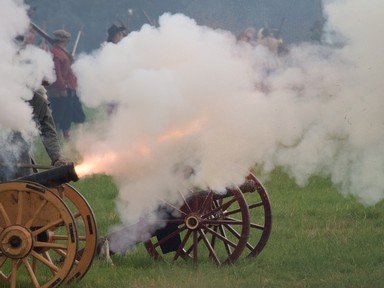Although best known through the Shakespearean play, Macbeth was a real person and fought against Malcolm Canmore and the Earl of Northumbria in 1054 at the Battle of
. Two hundred years or so later, Edward I invaded Scotland starting with the Siege of
in 1296, the first of many times the town changed hands between England and Scotland.
The English didn't have it all their own way, and the Battle of
, which took place in 1297, saw the Scots, led by William Wallace, inflict a notable defect on their enemy. By 1314, Robert I (Robert the Bruce) was the monarch and one of the most decisive battles of the war took place at
against Edward II, which resulted in a decisive Scottish victory.
Following the death of King Robert, England saw their opportunity to attack again with forces led by Edward III, in support of Edward Balliol's claim to the Scottish throne, achieving a notable victory at the Battle of
in1333. This was early on in the Second War of Scottish Independence.
In 1513, James IV of Scotland took the fighting into England by invading Northumberland but suffered a disastrous defeat at the Battle of
which cost him his life. Also in England, near Carlisle, the 1542 Battle of
was a religious dispute between the Catholic King of Scotland, James V, and Henry VIII who had split from Rome by then. Things were no better by 1650, despite Oliver Cromwell now being the dominant man in England. Enraged by Scotland's support for Charles II. Cromwell ordered his army into Scotland, resulting in the Battle of
.
The final battles in the quiz relate to the efforts of the Scots to place the House of Stuart back on the throne, by now the British throne following the Acts of Union in 1707. An early battle took place in 1719 at
, when the Scots were supported by Spain. This battle was lost, but far worse was the Battle of
in 1746, the final major conflict in the Jacobite rising, which ended in carnage for the Scots.
